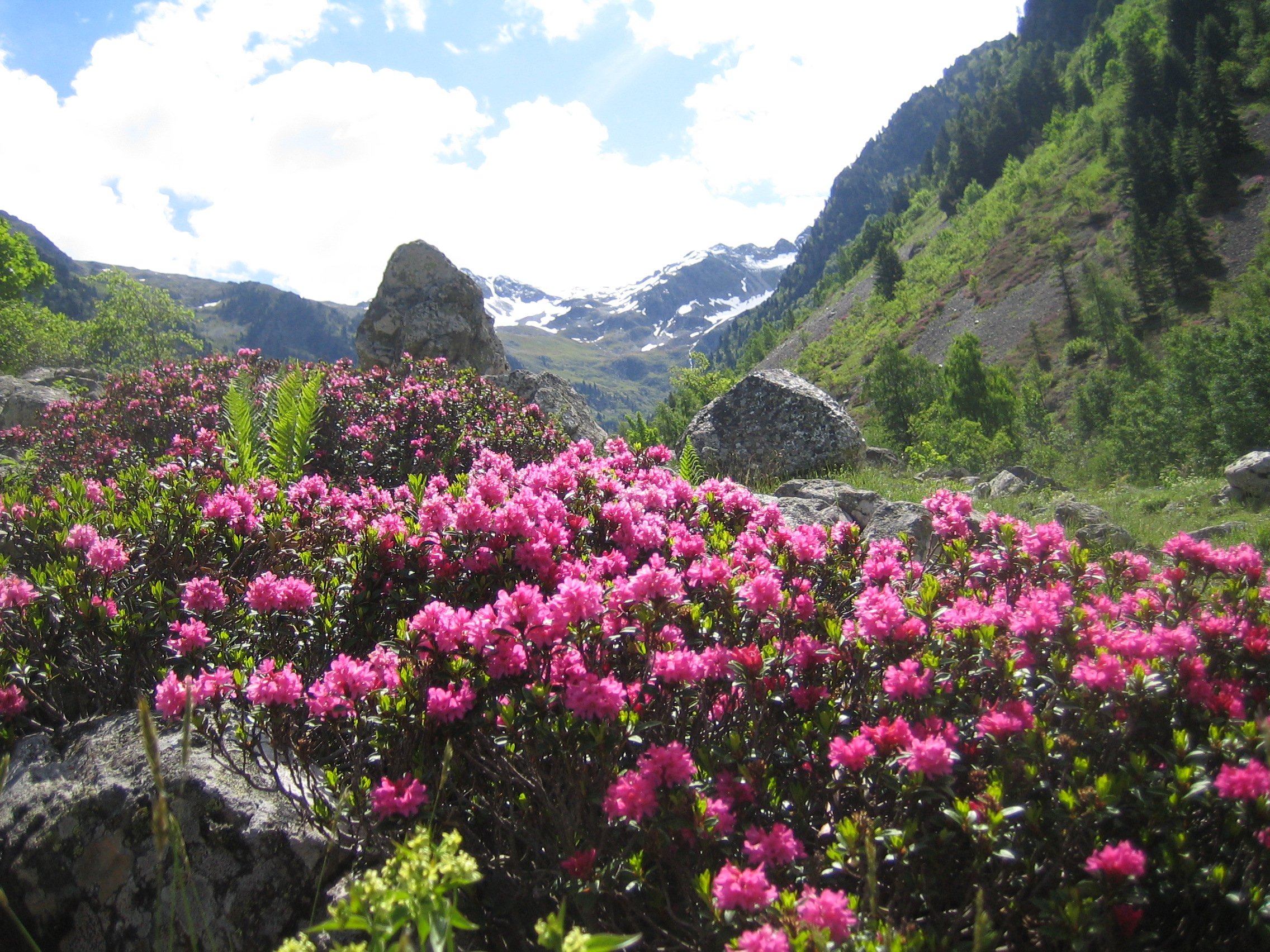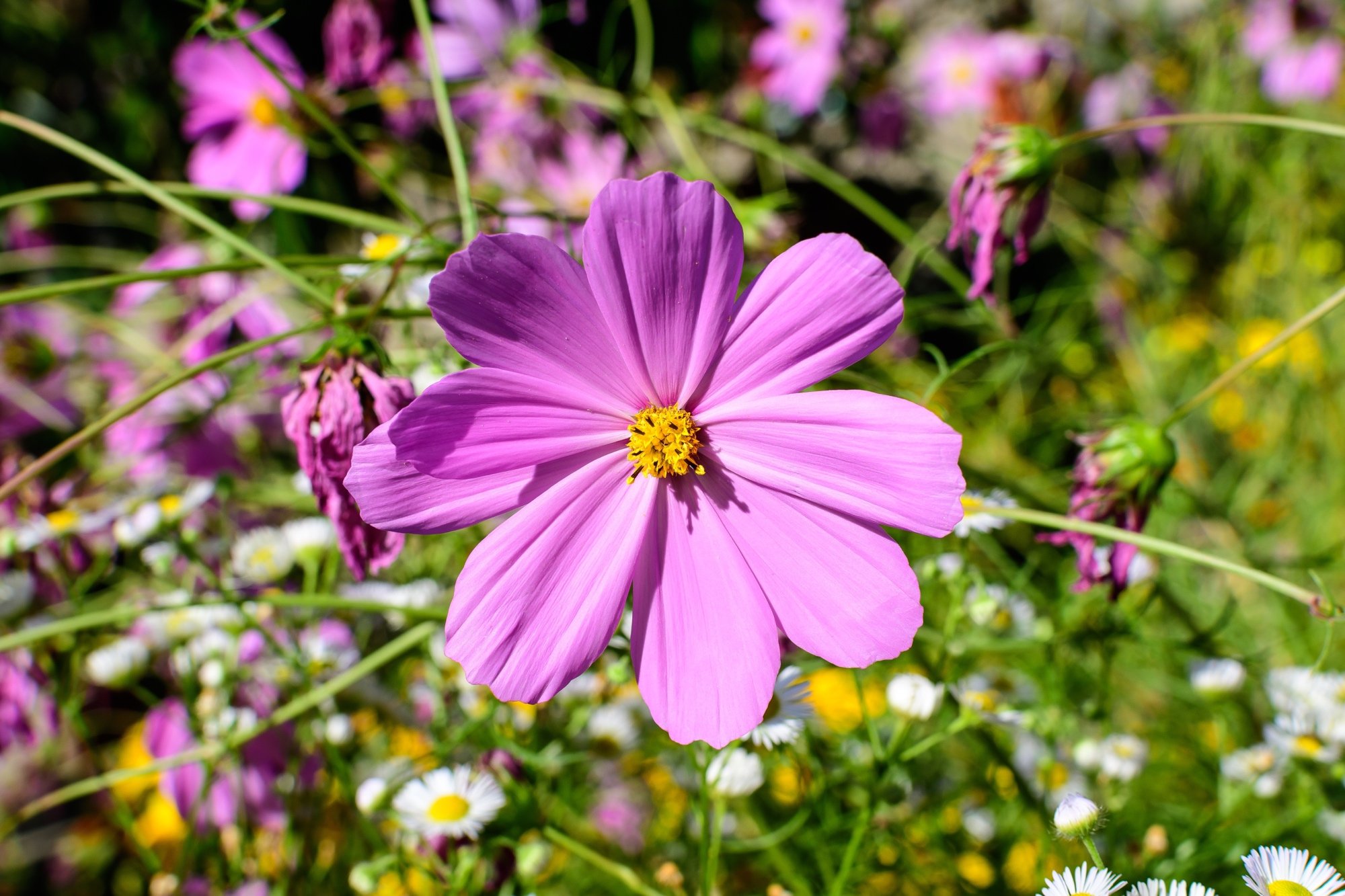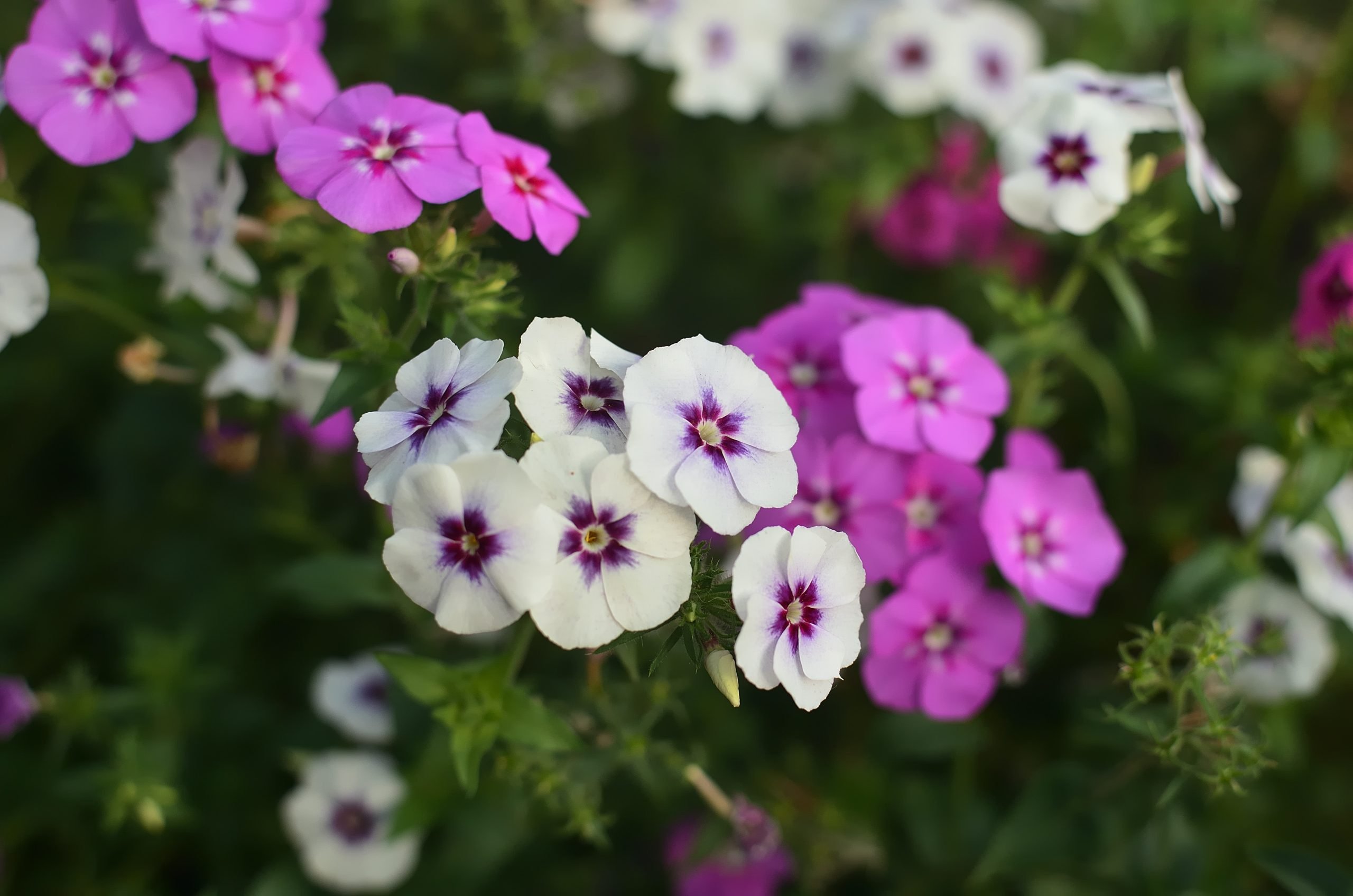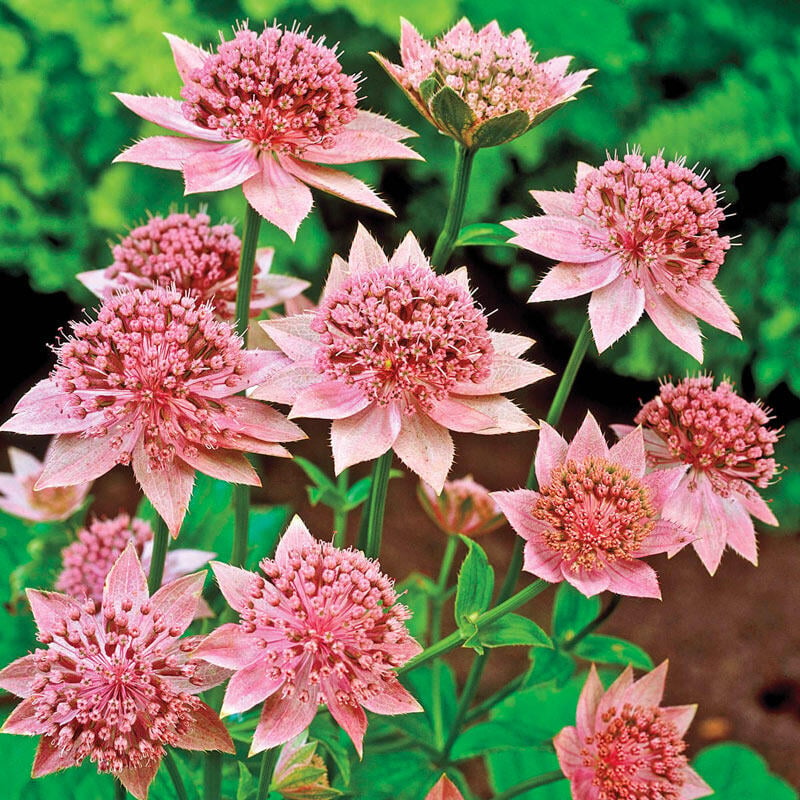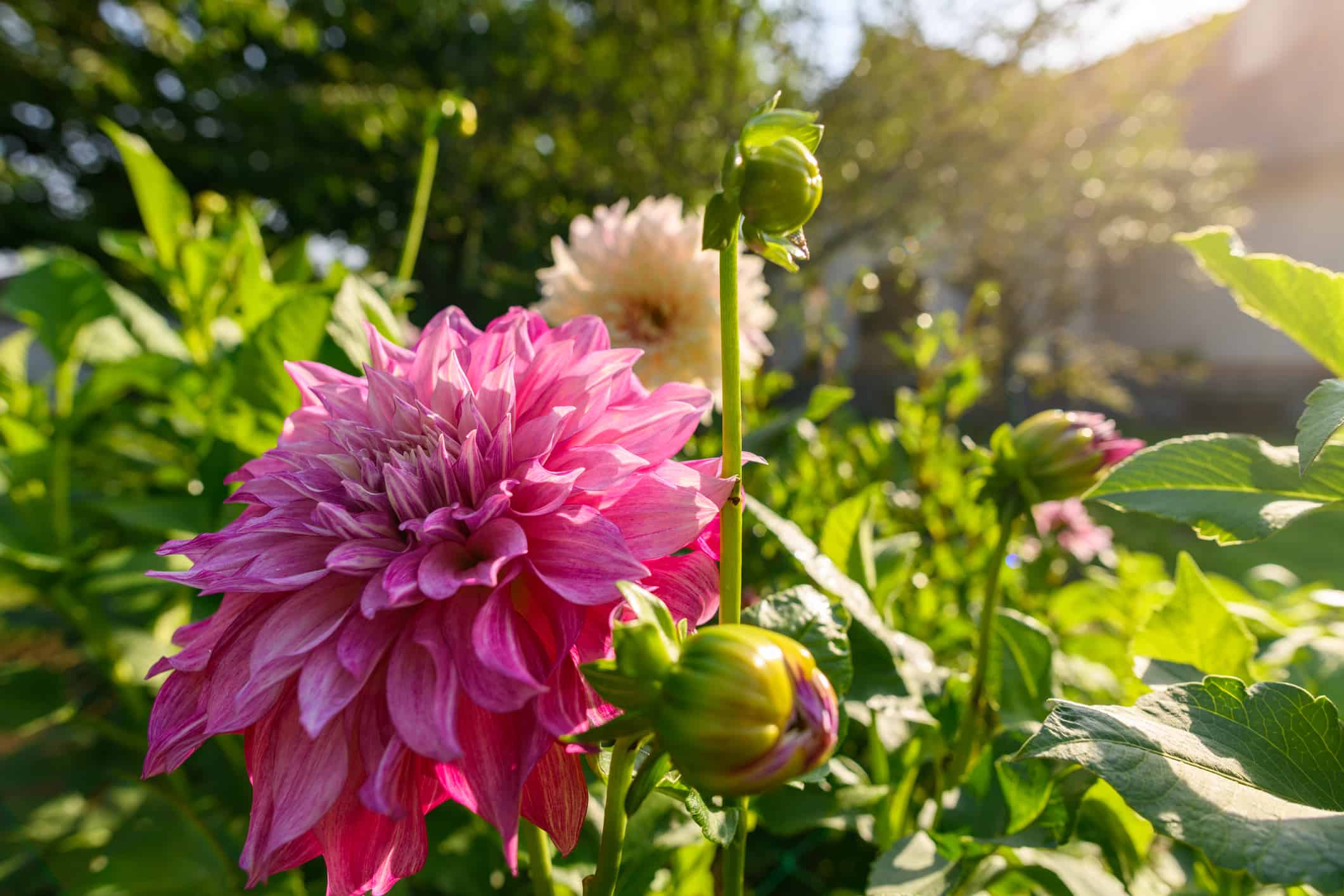Treat Black Spots on Roses [8 Easy Homemade Remedy]
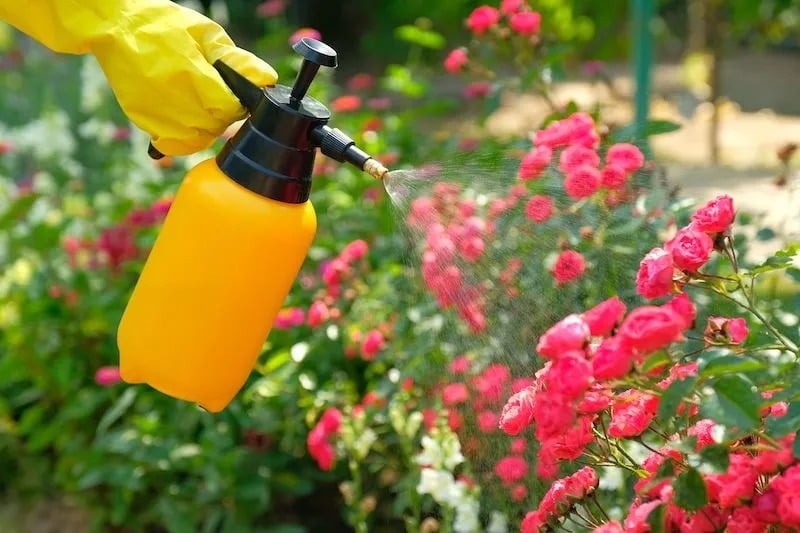
Table of Contents
Black spot is a disease that is also known as a fungal disease. It occurs on the rose leaves. This fungal disease affects the rose plant and also discolours several leaves. As a result, the leaves started to lose their shape and begin to die. These black spots disrupt the growth process of a rose plant. In this blog, you will learn three easy steps to get rid of them.
Before you proceed further, learn the consequences caused by this fungal disease. This creates a circular black spot on your rose plant’s leaves. Mostly, it affects the upper portion. Later, it may spread over the entire plant. You must provide basic elements like water, air, and sunlight to prevent your rose plant from getting affected by this disease. Or else you can also go for a homemade remedy for black spots on rose plants.
Recognising the Black Spot and the Impact
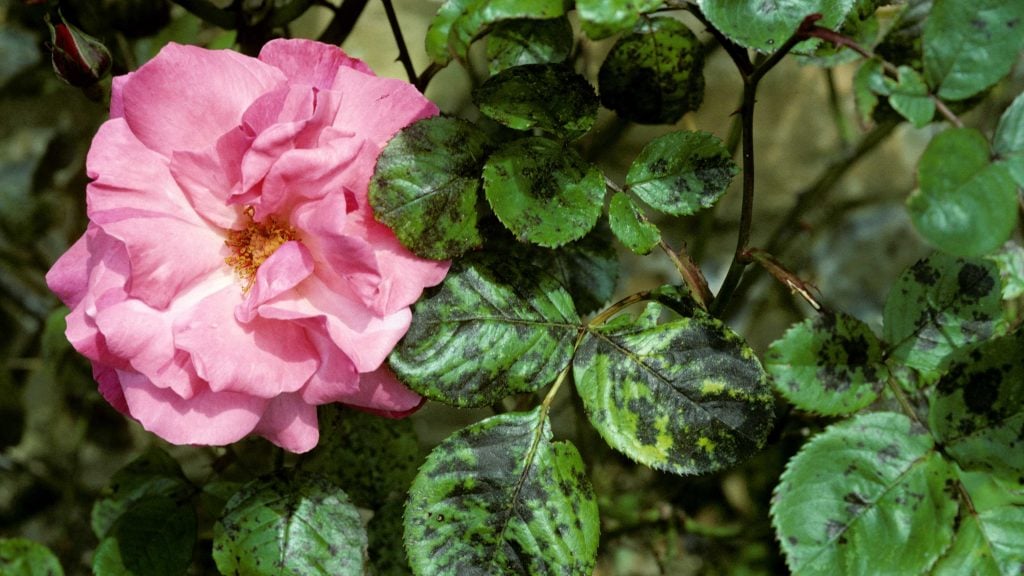
First, identify the black spot on your rose plants. They are a fungal disease that forms a black circle on the rose leaves. Examine your plants daily while you provide them with water. In general, the black spot affects the upward leaves. Although, it doesn’t take much time to spread throughout the entire body of the rose plants. If unchecked, it can damage the growth of your plant. The black spots damage the foliage of the leaves. As a result, the plant lost its ability to photosynthesise. This fungal disease can also destroy your plant’s canes.
Notice which part of your plant is affected. If you find any, just cut them off. Otherwise, it may spread to the whole body of your rose plant. As a result, it diminishes the production of flowers. Make sure you are providing your rose plant with proper space where it gets appropriate sunlight and air. Adequate circulation of air can prevent your rose plant from getting rid of black spots.
Homemade Remedies to Remove Black Spots on Roses
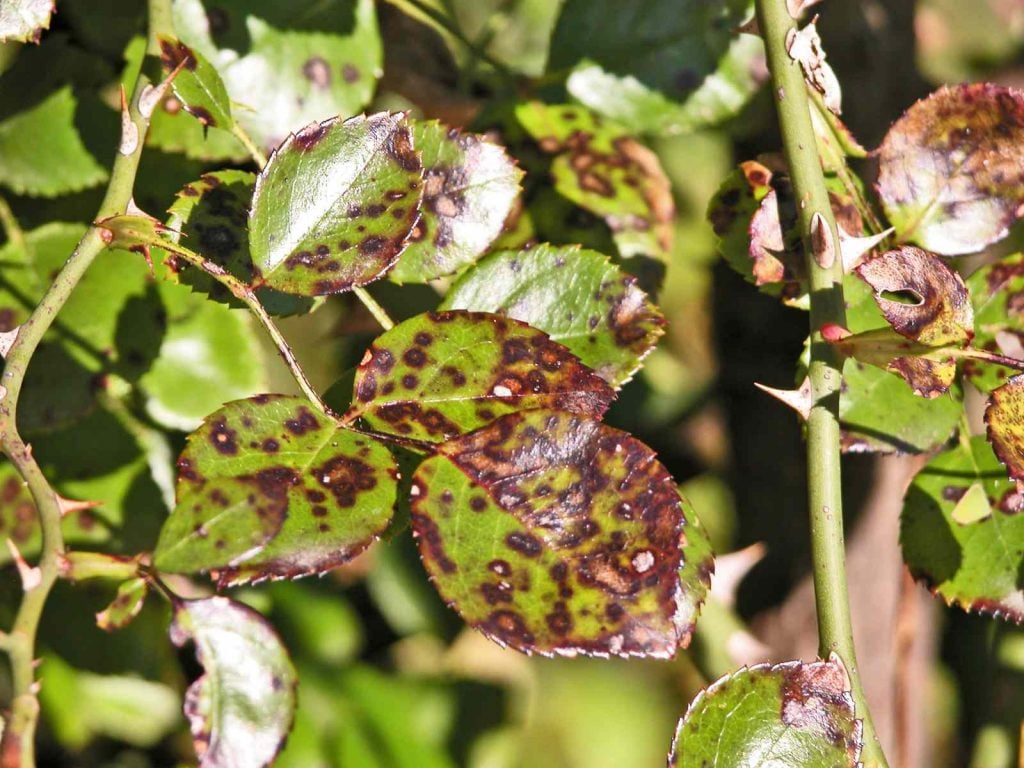
1. Sulphur
Sulphur is the best element to protect your rose leaves from the black spot. It helps your rose plant to fight against any fungal diseases. Adding sulphur will not only protect your rose leaves from the black spot but also protect them from harmful insects. Spray the sulphur all around the affected areas. It may also prevent the disease from spreading. If you want, you can provide the sulphur with water. They are ground powders, and you can easily mix them with water.
2. Neem Oil
Neem oil is a completely organic element that can assist you in protecting your rose plants from fungal disease. They are derived from the neem tree. Thus, they are completely natural components. You can use neem oil not only as a fungicide but also as a pesticide. It may also help you protect your plants from harmful insects. The neem oil goes directly inside your plant. One thing you must keep in mind is not to apply it too much. Sometimes it can burn your leaves in the sunlight. Apply the neem oil two weeks after adding the sulphur.
3. Baking Soda
Baking soda is a popular ingredient that you can use as a homemade spray. Use a spray bottle and apply it to the plant. Mix one teaspoon of baking soda with warm water. Then apply it thoroughly to the plants and their leaves. It might help them prevent any kind of fungal disease. This is one of the best homemade remedies to get rid of black spots on your rose plant. The mixture of baking soda and water can also protect your plants from mildew.
4. A Mixture of Soap and Water
It’s a common mixture that people use worldwide to get rid of fungal diseases. Mixing liquid soap with water is a very popular homemade remedy. It provides an organic way to get rid of black spots. Not only that, but it also protects your rose plants from being affected by harmful pests. If you want, you can add a few portions of sulphur to this soap and water mixture. One thing you must keep in mind is not to add detergent. It might damage the growth of your plants and their leaves.
5. Milk
Milk is a common household item that people generally use for cooking or baking purposes. This is a unique homemade remedy to get rid of black spots on your rose plants. Mix milk with water in a ratio of 1:2. Then apply it to the affected areas of your rose plant. Use this remedy on a weekly basis. It may not damage the spores. The mixture can reduce the growth of black spots and help you in preventing the spreading of fungal diseases.
6. Bordeaux Mix
It is a combination of hydrated lime and copper sulphate. Apply them with water, and it can help you get rid of any kind of fungus from your rose plants. It may not only help you get rid of the black spots on your rose plants but also get rid of harmful pesticides. Be careful when applying the Bordeaux mixture to the foliage. Applying it too much can harm the plant and disrupt its growth.
7. Vinegar
Vinegar is the perfect choice for your rose plant. It is a common household item that we use for kitchen purposes. Mix vinegar with water and 1 tablespoon of baking soda. If possible, add a tablespoon of liquid soap and vegetable oil. After creating the mixture, apply it to the leaves. Then, spray the mixture on your plant’s leaves. It may help them to prevent black spot disease. The mixture can improve their foliage. Use this mixture weekly to get rid of black spot diseases on your rose plants.
8. Hydrogen Peroxide
This is an exceptional remedy, but it can be useful. Apply one spoonful of hydrogen peroxide to a glass or cup of water. Then apply it to the affected leaves. It can remove the black spot adequately. Mix hydrogen peroxide (6% max) with 1 litre of water. Then, apply it to the plant’s canes, roots, and leaves. It may help you to remove the bacteria from the plants. If you want, you can apply the mixture of water and hydrogen peroxide to the seeds. It is a useful process to sanitise the seeds.
Say Goodbye to Rose Black Spot [Prevention Tips]
1. Sunlight
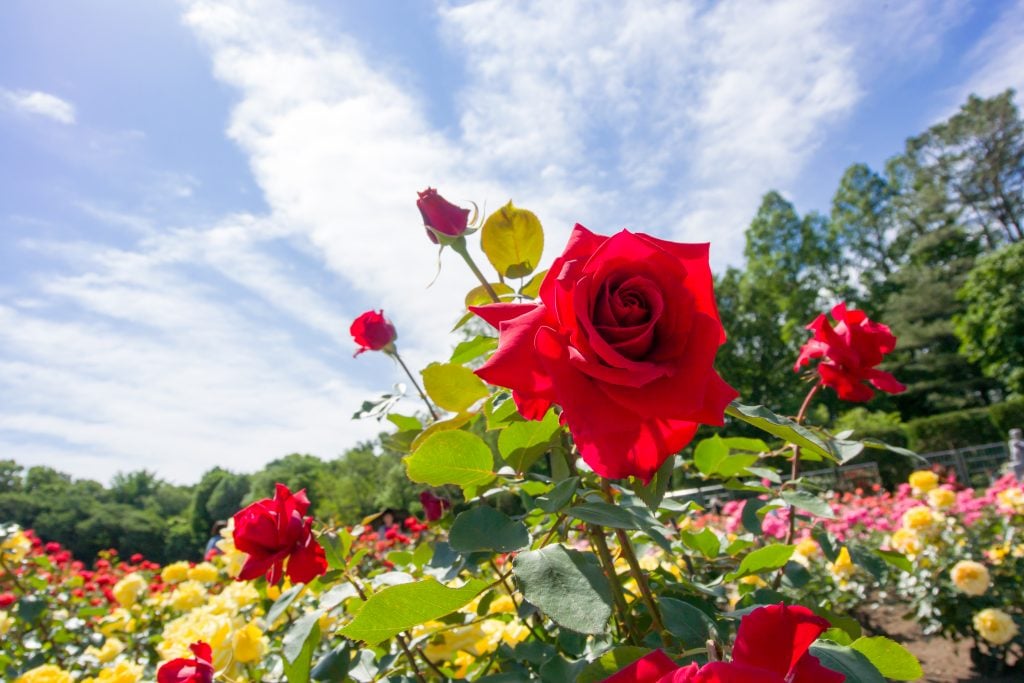
The sun’s rays are crucial for the rose plant’s growth; thus, it needs enough sunlight to develop properly. The black spot on the rose can grow due to a lack of sunlight. The rose leaves remain unhealthy without an appropriate portion of sunlight. Many people make mistakes by putting them in the summer. The best time to plant rose seeds is in the spring. In this season, they can get proper sunlight, which also helps them protect from getting black spots.
After putting the rose plant in your garden, you should keep one thing in mind. Make sure the plant is getting proper sunlight. So put it in the right area where it’s getting an adequate level of sunlight. It can protect their leaves from the fungal disease.
2. Proper Watering
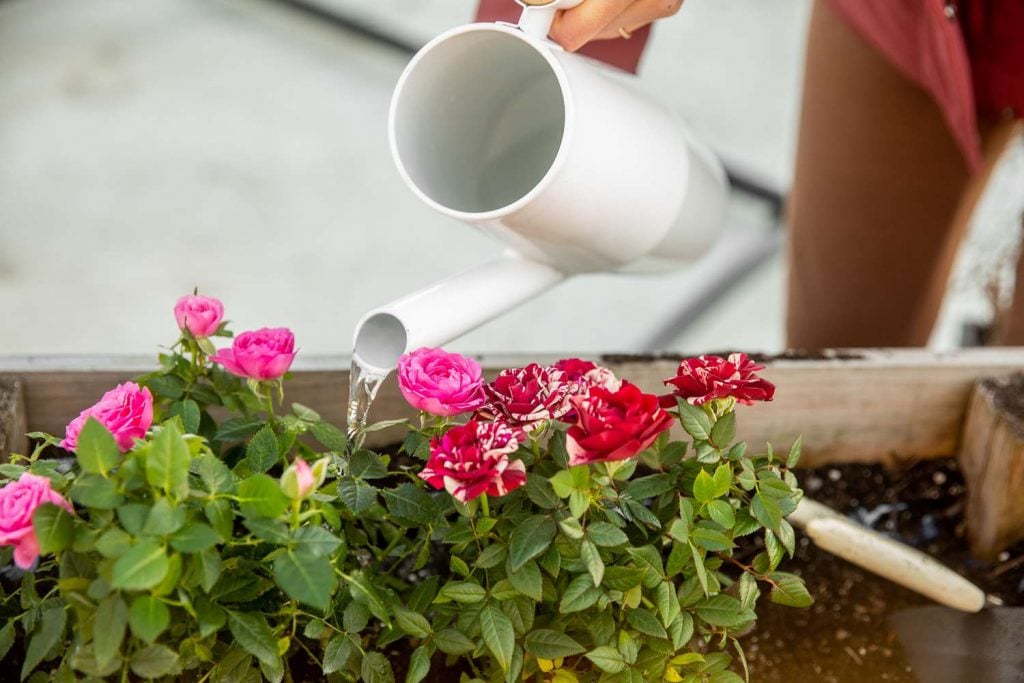
Watering the rose plant is as necessary as providing it with proper sunlight. After putting a rose plant in your garden, you must provide it with proper care. Proper care starts with proper watering. It may not only help them to grow effectively but also assist them in preventing the black spot. The black spot is derived from the dryness of the leaves. Thus, it’s important to give them water. It can help the plant get rid of dryness. It will also be beneficial for them in their growth process. Keep giving water to your plants on a daily basis.
The watering process can help the plants maintain adequate health. It may strengthen the roots and the leaves. The stronger the leaves get, the chance of getting black spots decreases. So, in order to get rid of black spots on your rose plants, you must keep watering them daily. It will help the plant maintain its hydration level and reduce the chances of getting a black spot.
3. Good Air Circulation
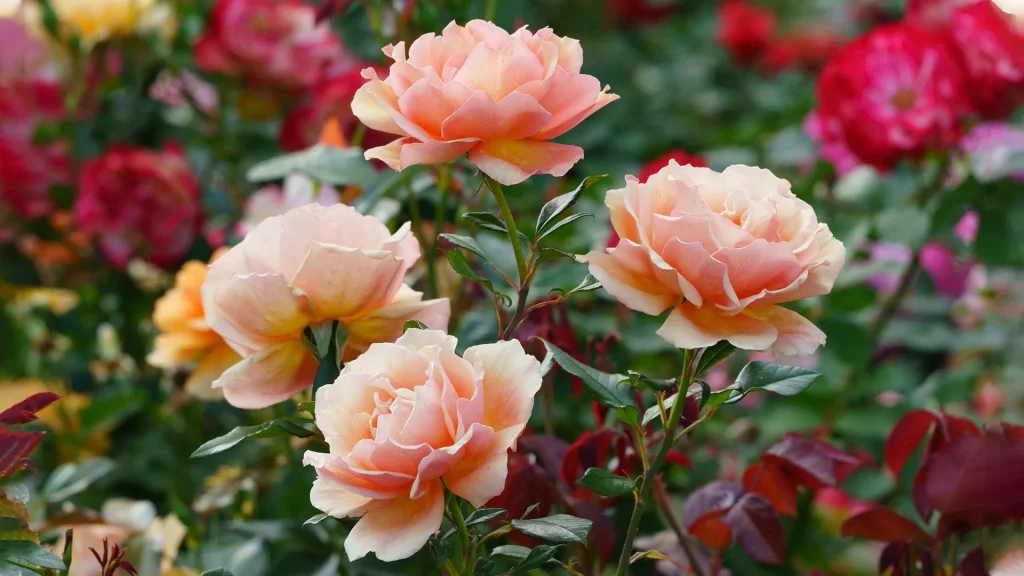
Make sure you are providing an ideal environment for your rose plant to grow. Put it in the right place where it gets appropriate air and humidity. A good flow of air can prevent your rose plant from getting a black spot. It will also help them prevent diseases. Make sure the rose plants are getting proper air that guides them in their growth process. Rose plants require an airy location with proper sunlight. Putting them in an airy place can help the soil maintain water levels and drainage. It also decreases the chances of getting affected by the black spots. A good circulation of air can help the rose plants strengthen their roots and leaves. It will help the plant to grow flowers effectively. Make sure you didn’t put other plants closer to your rose plants. It might reduce air circulation. As a result, it might catch the black spot. An adequate circulation of air prevents the black spot from capturing the rose leaves.
4. Trimming
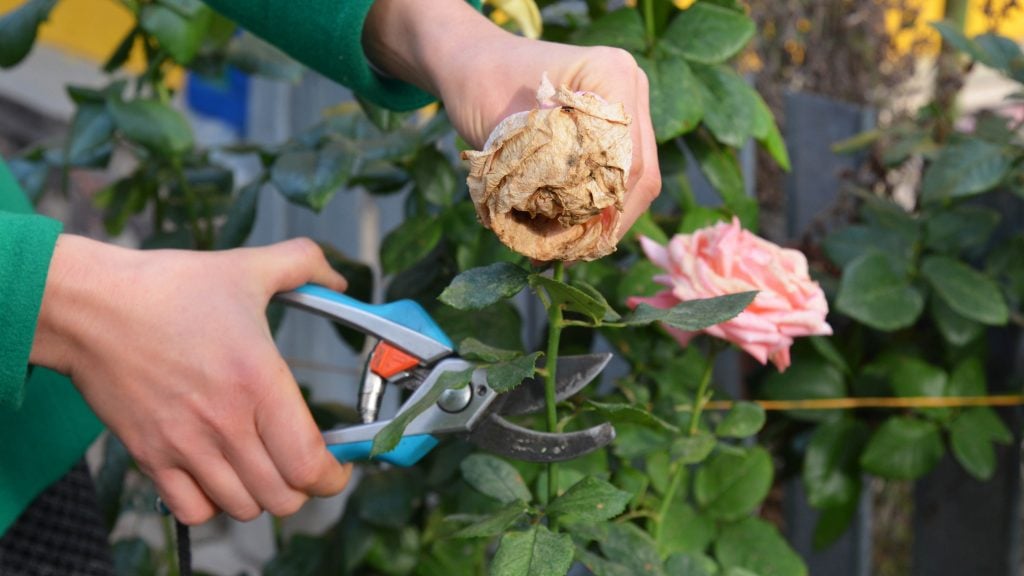
Cutting or trimming out the affected part is not a bad idea. It can help the plant maintain a healthy condition. You can cut the leaves of your rose plants that are affected by the black spots. It may help you to protect the part that is not affected. This procedure might stop the black spot from spreading across the entire plant. Examine your plant daily during watering. Notice whether any of its leaves were captured by the black spot or not. If you find any leaves affected, then simply cut them out. This process can help your rose plant bloom fascinating flowers. If any of the leaves get affected, then it takes up to approximately a week or 10 days to spread. It may disrupt the plant’s growth and health. After trimming the leaves, sanitise the plant adequately. Make sure you clean all the infected leaves and remove them. Otherwise, it can infect the perfect leaves.
5. Fertilisation
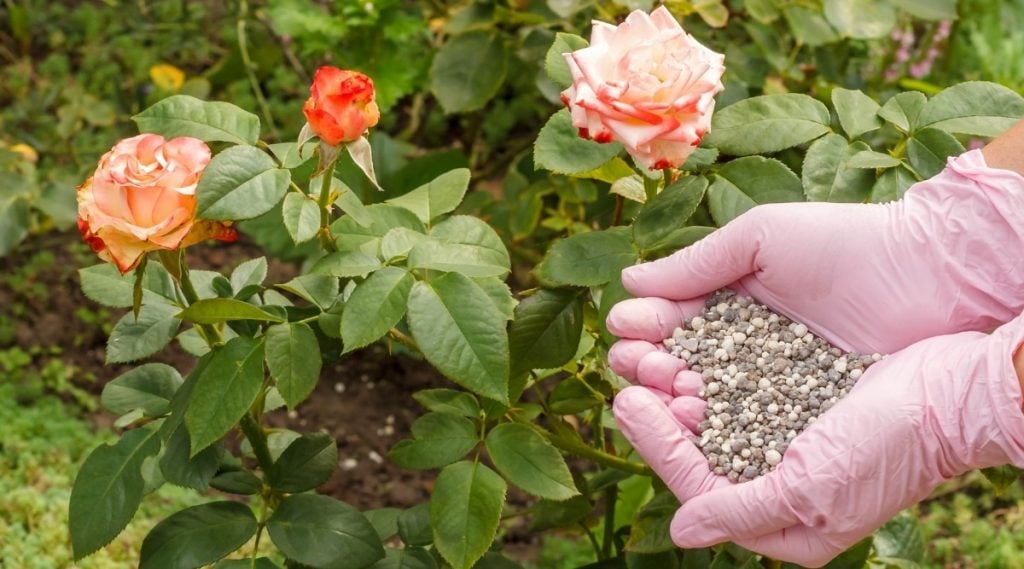
This is an exceptional step, but it’s important. A proper fertilisation process can help your rose plant get protection from the black spot. It can disinfect the plant’s leaves, roots, and flowers. As a result, the chances of getting occupied by the black spot reduce. Make sure you use adequate fertiliser for your rose plant. The proper level of fertilisation can help your plant improve its overall development. It can work as a resistance to fungal diseases and harmful pests like aphids. Providing fertilisation weekly can maintain the nutrient levels of your rose plant. It also strengthens the root’s bond with the soil.
Remove the Black Spots from Your Rose Plant
The black spots are really harmful to your rose plants. First, it affects the leaves, and then slowly, it damages the whole plant. Thus, you have to examine daily whether any of your plant’s parts have been affected by these fungal diseases or not.
If you ignore this matter, then it can diminish the growth of your rose plant. Make sure you are providing care to your rose plant with appropriate air, sunlight, and water. These are the basic steps that can guide you in getting rid of the fungal disease.
In this blog, you’ve learned a few homemade remedies to get rid of black spots on your rose plants. You can use sulphur, baking soda, and neem oil to protect your plants from this disease.
Apart from that, you can add household items such as milk, vinegar, and soap. Thus, follow the above steps to prevent your rose plant from getting affected by black spots.

